Canada spent over $7 million promoting itself on social media websites such as Facebook, Twitter and LinkedIn last fiscal year, according to government figures.
The government spent $36.1 million on ads in the 2016-17 fiscal year, Public Services and Procurement Canada said in a report released last Wednesday.
Digital advertising accounted for the largest slice of government ads, at $16.8 million, a figure which overtook TV ad spending for the first time. One of every four digital ad dollars went to social media.
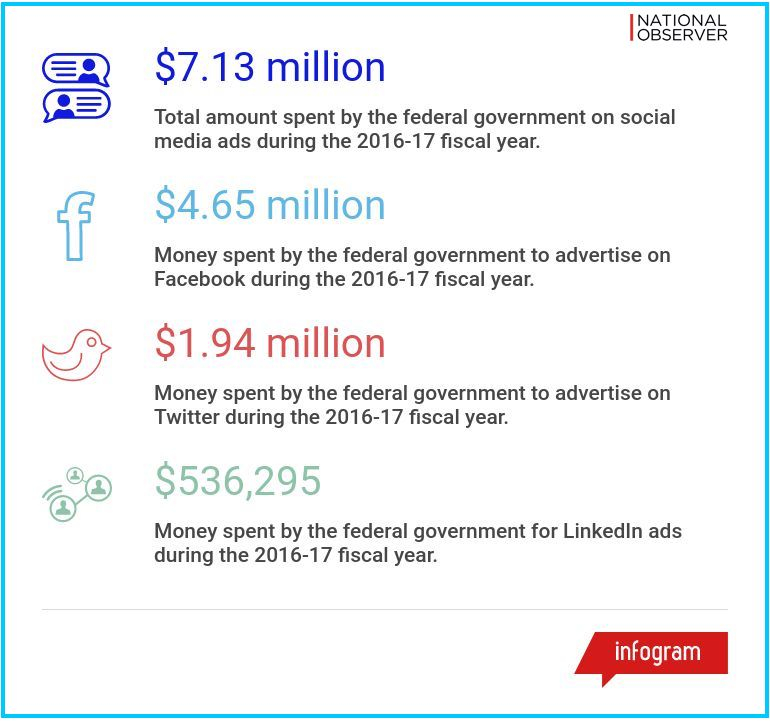
Ottawa turns to Facebook for advertising
Facebook accounted for the bulk of the Canadian government's social media ad spending. The government spent $4.65 million on Facebook ads in 2016-17; another $1.94 million bought ads on Twitter, while $536,295 purchased ads on LinkedIn.
In all, the government spent at least $7.13 million on advertising directed at the three social media platforms.
The department’s annual report on federal government advertising, released Jan. 31, shows that social media is quickly replacing websites as Ottawa's preferred place to park its digital ad dollars.
Social media accounted for 42 per cent of all digital ad spending in 2016-17, climbing from 20 per cent in the 2015-16 period. By comparison, government advertising on websites, called display ads, dropped to 45 per cent in 2016-17 from 66 per cent in the prior fiscal year.
Ottawa is also spending digital ad dollars on search engines like Google, which could include things like paid spots on search results. Search engines accounted for 13 per cent of digital advertising in 2016-17.
Public Services provided the dollar figures for the three social media networks, but did not respond to another question about how many dollars it spent advertising on Google before publication.
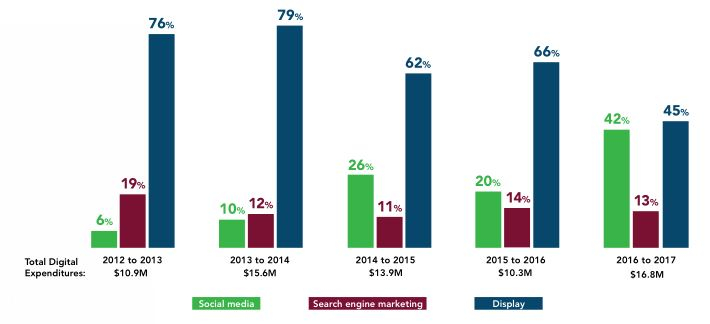
Veterans' Week, social services advertised
Canada bought social media ads to promote things like Veterans Affairs Canada and its Veterans' Week campaign, #RememberThem, which cost $2.5 million, a figure which also bought ads across a variety of other platforms including print and television.
The government said it boosted its social media engagement by 32 per cent as a result of this campaign.
Canada also advertised free admission to its national parks, which cost $3 million from February to March 2017 and ran at movie previews, in social media and on TV. It said it got over 8,000 daily visits to its webpage due to that campaign.
Another example the government gave is an ad promoting Employment and Social Development Canada's services at the website canada.ca/leaderstoday. It spent $2.5 million on that campaign, from January to March 2017 on social media and elsewhere online.
"Advertising on digital media is an effective way of reaching Canadians because they use digital technologies in their daily lives and expect the government to embrace these means to communicate with them," reads the report.
"Digital advertising is also an efficient way to reach specific audiences with messages tailored to questions relevant to them."

Digital ads now largest slice of ad spending
Digital ads are by far the largest slice of government ad spending overall, beating out movies, television, radio and print products like newspapers and magazines.
“For the first time ever, government advertising expenditures on digital media have surpassed television,” the report stated.
The majority of the federal government’s advertising is made through a $30.6 million central ad pool, which was used to pay for 107 ad campaigns.
That figure doesn’t include direct ad buys from government institutions. If those are included, the total amount spent on advertising rises to $36.1 million.



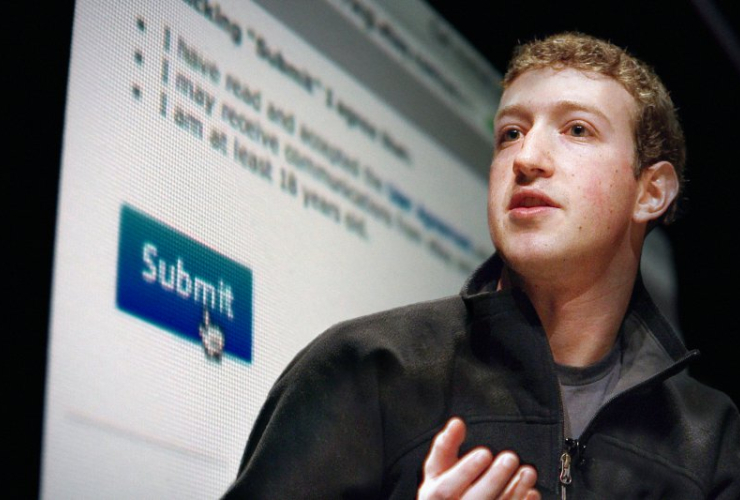
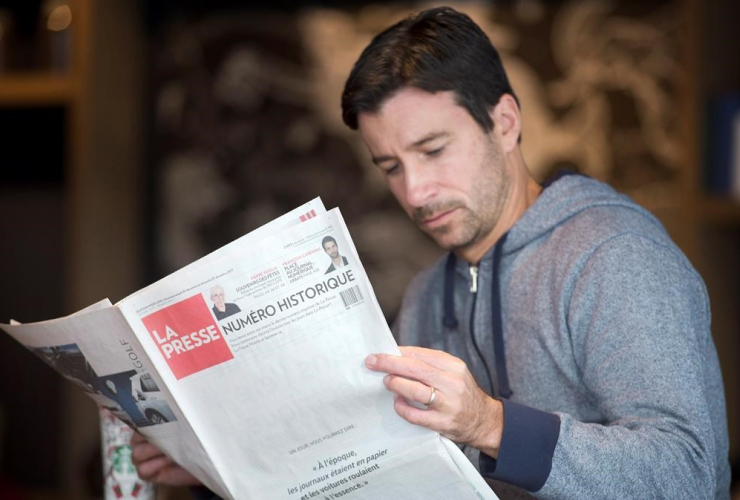
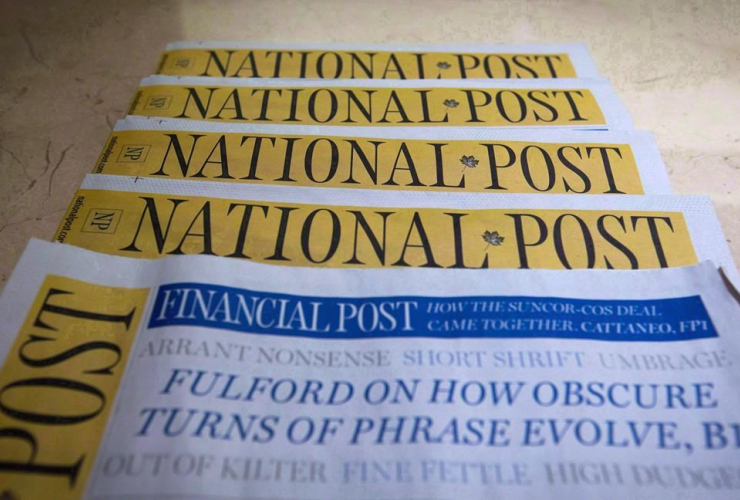
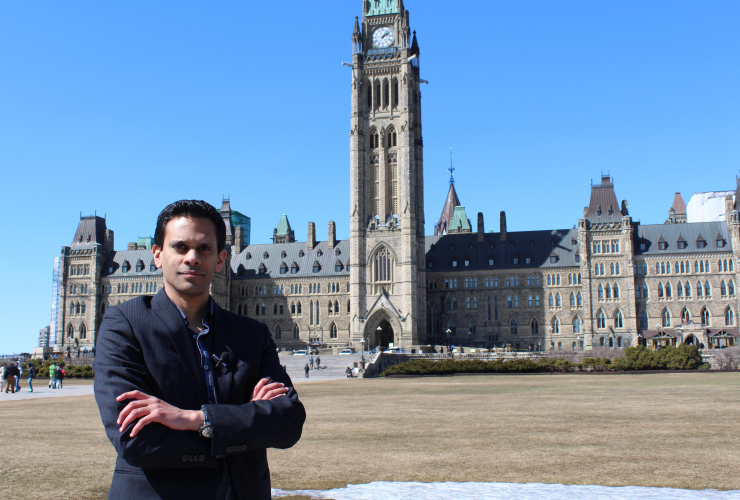
Comments